A BEGINNER'S GUIDE TO THE FREESTYLE ARM STROKE
One of the most common questions from swimmers learning freestyle is about the arm movement. Should it be a perfect windmill? Should my hands meet at the front? The rhythm and timing can be confusing.
This lesson will break down the mechanics of the freestyle arm stroke. We'll debunk the common "catch-up" myth and explain why a slightly asymmetrical, front-quadrant style is the key to a powerful and stable stroke.
Dive Into: Mastering the Freestyle Arm Stroke
- Freestyle is Asymmetrical (Not a Perfect Windmill)
- The Myth of the "Catch-Up" Stroke
- The Sweet Spot: Front-Quadrant Swimming
- The Foundation: Body Position First
- Frequently Asked Questions
Freestyle is Asymmetrical (Not a Perfect Windmill)
Freestyle is what you would call an asymmetrical swimming style. To visualize this, imagine you are lying on the floor face down with your arms by your side. Now, extend one arm straight out in front of your head. You have one arm forward and one arm back. This is asymmetrical.
A symmetrical style would have both arms moving forward at the same time.
In swimming, freestyle is very similar to this visualization. As you rotate on your side, one arm is extended forward, providing support, while the other is by your hip, finishing the pull. They work in opposition, but not as perfect mirror images.
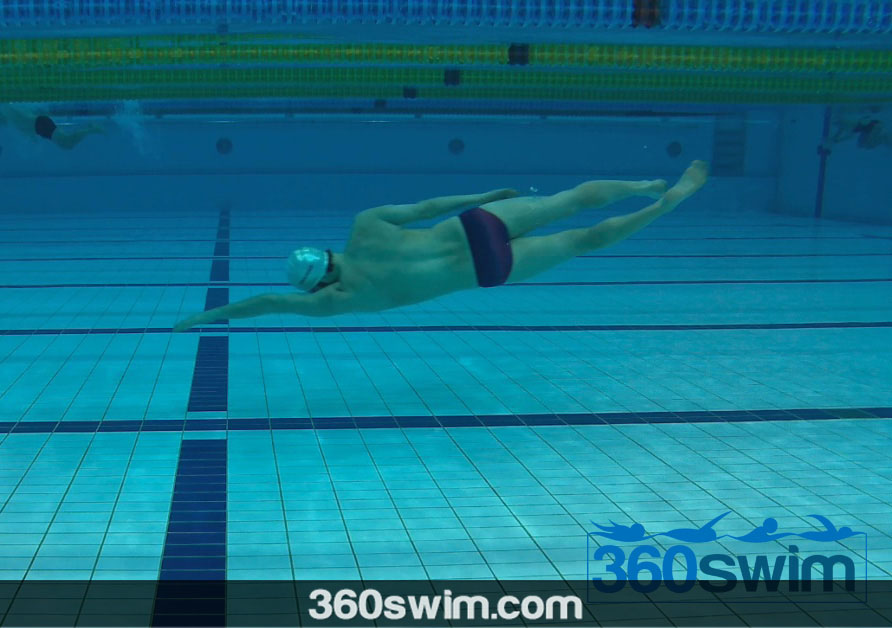
The Myth of the "Catch-Up" Stroke
If someone tells you that your recovering hand should wait at the front until your pulling hand "catches up" to it, they are describing a drill, not proper freestyle technique.
This is called the catch-up drill, and it is only used to practice a slow, deliberate arm movement.
In your normal freestyle stroke, you do not want your arms to fully catch up to each other. This creates a "pause-and-go" motion that kills your momentum.
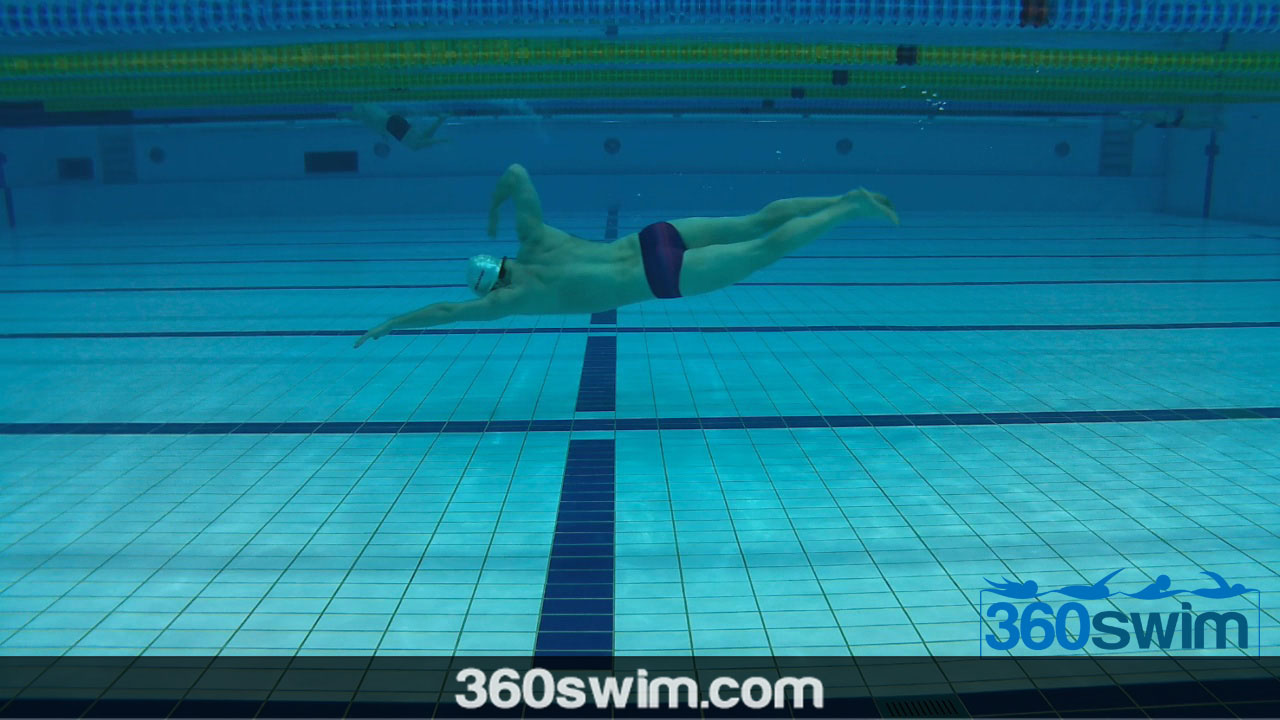
The Sweet Spot: Front-Quadrant Swimming
So if it's not a perfect windmill and it's not a catch-up, what is it? The correct timing is a slight "front-quadrant" style.
The reason your arms aren't in a perfect 180-degree windmill is for support. If one arm is pulling back while the other is recovering over the water, you are in a cross-like position with nothing in front to stabilize you. This makes it very difficult to breathe without your body sinking or wiggling.
Therefore, you need to wait with the front arm a little in the extended (or "glide") position. The pull with your lead arm should begin just as the recovering arm is starting to enter the water. This ensures you always have one arm out front providing stability.
🎥 Watch: Freestyle Arm Timing Explained
This video helps explain the visual timing of the arms.
The Foundation: Body Position First
Chances are, however, that it is not the arms that you should focus on first.
I would strongly suggest starting with your body and head position. Once you master the fundamentals of balance, you can then move on to refining details like how to catch more water or what to do with your arms during the recovery.
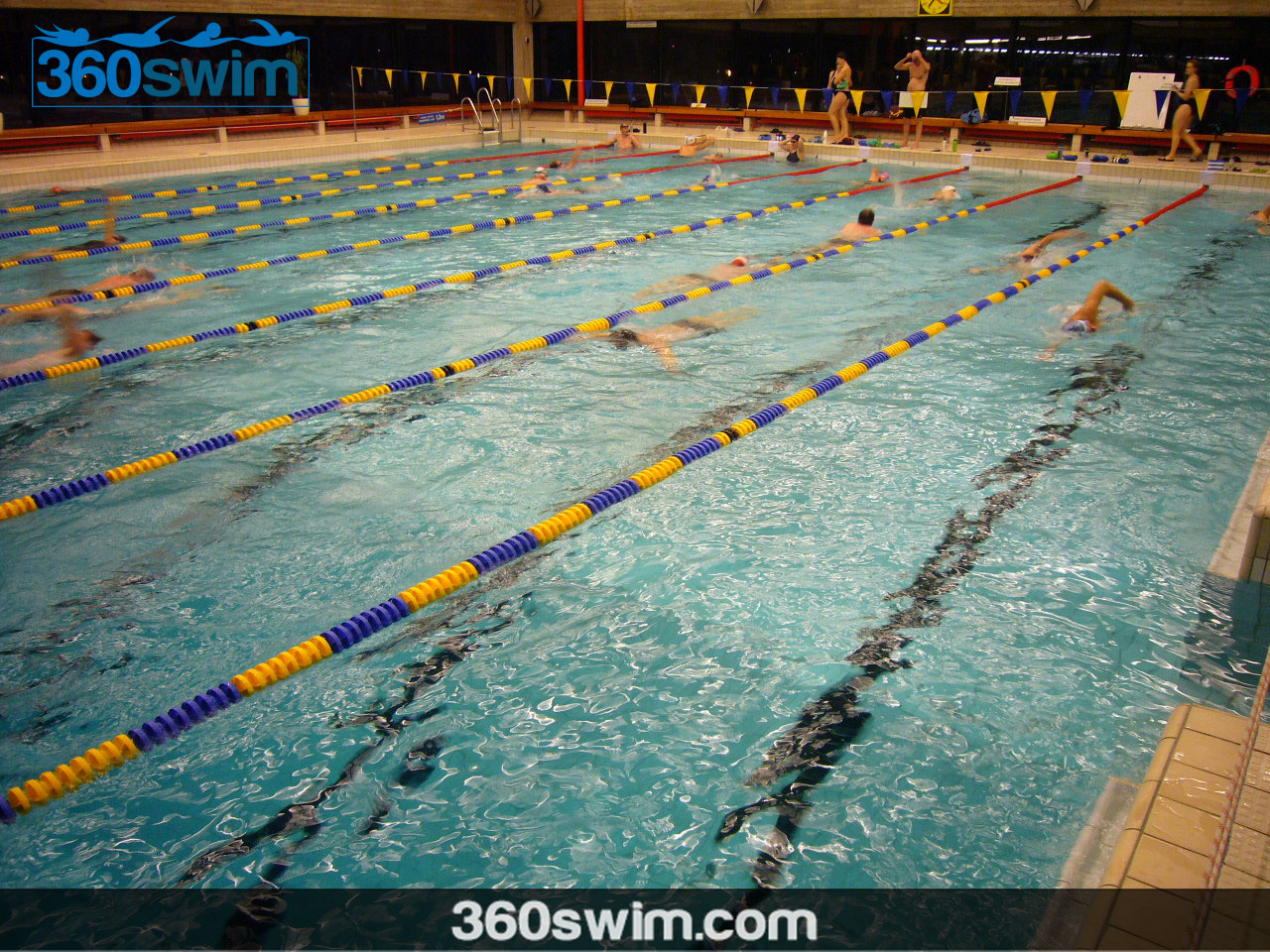
What to do with your arms when they are above the water which I will discuss in my next posts, so stay tuned and keep swimming.
Frequently Asked Questions
What is the basic arm motion in freestyle?
Freestyle uses an alternating, windmill-like arm motion. However, it is slightly asymmetrical. One arm is always extended forward providing support while the other arm is pulling and recovering. They are not exact opposites of each other.
Should my hands 'catch up' at the front of my stroke?
No. The 'catch-up' drill, where one hand waits for the other to arrive, is a tool for practicing a slow, deliberate stroke. In regular freestyle, the pulling arm should start its motion before the recovering arm enters the water.
Why shouldn't my arms be in a perfect 'windmill' (180 degrees apart)?
A perfect windmill leaves you with no support in front of your body. When one arm is pulling back and the other is recovering over the water, there is nothing in front to stabilize you, which makes it very difficult to breathe without sinking.
What is the correct timing for the freestyle arms?
The correct timing is a slight 'front-quadrant' style. This means you should always have one arm in front of your shoulders. You initiate the pull with your lead arm just as your recovering arm is about to enter the water.
What should I focus on before I worry about my arms?
Before focusing on your arm movement, you must master your body position. Learn how to maintain a relaxed, horizontal, and streamlined 'tree log' position in the water first. A good body line is the foundation of every efficient stroke.
 LNURL1DP68GURN8GHJ7URP0YHRXD3SWDMKJMFWVDHK6TMVDE6HYMRS9A4HSCNCWFXSH3NN0H
LNURL1DP68GURN8GHJ7URP0YHRXD3SWDMKJMFWVDHK6TMVDE6HYMRS9A4HSCNCWFXSH3NN0H
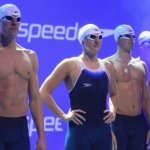
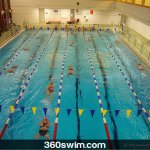
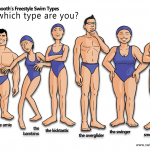
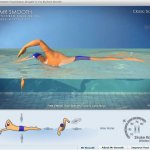


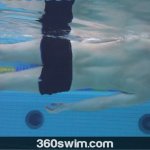

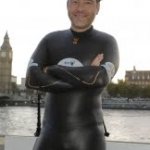

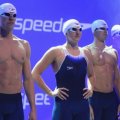
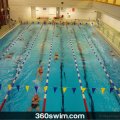
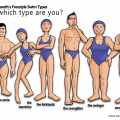
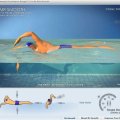


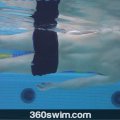
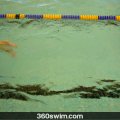
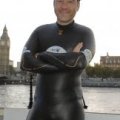












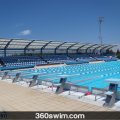

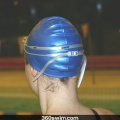




Comments (5)
Visit us at https://www.theswimmingcenter.com
Thanks ya'll
This blog is awesome. I thought i knew a fair bit about swimming, but i've already picked up a few tips. My family are big swimmers, mostly for fun, but my dad's got a bad back, so it releases the pain to go swimming. My nieces and nephews are just learning, and i think it's great when parents (or swim teacher aunties) know lots about the sport, to pass on to the little guys. I've recently written a swimming book (it's a children's book about two kids going to their first day of swimming) that you might like to check out... www.swimming.com ... i'm off to check out some more of your posts. again, GREAT SITE!!!
School rotated around the nightmare of trying not to be there on Tuesday morning, and I never got over that to learn as an adult. If someone coming here in a similar pickle is reading, please keep trying.
Still can't bring myself to open my eyes under water, but will try the squinting approach and am dying to try out your 'K' tip for not getting too much water up my nose, yuck :-)
Colin XX